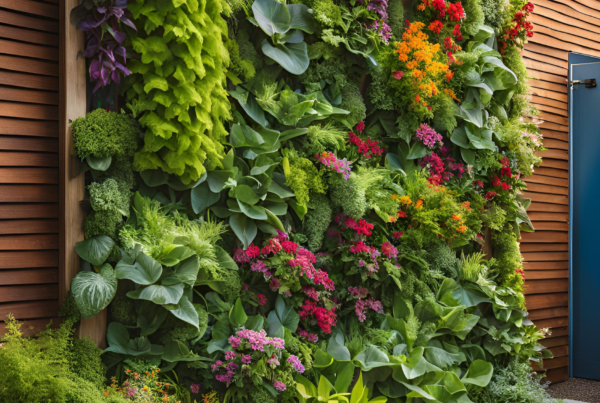As the days grow shorter and temperatures drop, it’s easy to assume that gardening season has come to an end. But don’t let the cold weather deter you! Winter gardening offers a unique opportunity to continue enjoying the beauty and bounty of nature, even in the depths of winter. In this blog post, we’ll explore the joys and challenges of winter gardening, offering practical tips on how to protect your plants, cultivate cold-hardy vegetables, and add a touch of winter magic to your landscape.
Embracing the Winter Garden: Finding Beauty in the Chill
Winter gardening is not just about survival; it’s about embracing the unique beauty and resilience of nature during the dormant season. While the vibrant blooms of summer may be absent, the winter garden offers its own subtle charm. Frost-kissed leaves, evergreen foliage, and the occasional burst of color from winter-blooming flowers create a sense of tranquility and wonder.
Protecting Your Plants: Shielding Them from the Cold
One of the primary challenges of winter gardening is protecting your plants from the harsh elements. Frost, snow, and freezing temperatures can damage or kill sensitive plants. Here are some effective protection strategies:
- Mulching: Apply a thick layer of mulch around your plants to insulate the soil and roots, preventing them from freezing.
- Row Covers: Use lightweight fabric row covers to create a protective barrier against frost and wind. These covers allow light and moisture to penetrate while trapping heat.
- Cold Frames: Cold frames are miniature greenhouses that provide a warm and sheltered environment for plants. They are ideal for starting seeds early or extending the growing season of cool-season crops.
- Bring Plants Indoors: For tender plants that can’t withstand the cold, consider bringing them indoors to a sunny windowsill or a sheltered porch.
Growing Cold-Hardy Vegetables: A Winter Harvest
Believe it or not, you can still enjoy fresh, homegrown vegetables even in winter. Several crops thrive in cooler temperatures and can be planted in the fall for a winter harvest. Some popular options include:
- Kale: This leafy green is packed with nutrients and can withstand frost and even light snow.
- Spinach: Another cold-hardy leafy green that can be harvested throughout the winter.
- Brussels Sprouts: These miniature cabbages develop a sweeter flavor after a frost.
- Carrots: Carrots can be left in the ground over winter and harvested as needed.
- Leeks: These hardy alliums can be harvested throughout the winter months.
Adding Winter Interest: Beyond the Vegetable Patch
Winter gardening isn’t just about edibles. There are many ways to add visual interest and beauty to your landscape even when the temperatures drop:
- Evergreen Shrubs: Evergreen shrubs like boxwood, holly, and juniper provide year-round structure and color to your garden.
- Colorful Berries: Plants like winterberry, holly, and crabapple add pops of color with their vibrant berries, attracting birds and other wildlife.
- Winter-Blooming Flowers: Some flowers, like hellebores, snowdrops, and winter aconite, bloom in late winter or early spring, adding a touch of cheer to the landscape.
- Ornamental Grasses: Ornamental grasses create visual texture and movement in the winter garden, especially when covered in frost.
Indoor Gardening: Bringing the Outdoors In
If you don’t have outdoor space or prefer to garden indoors, winter is the perfect time to cultivate a thriving indoor garden. Here are some ideas:
- Herbs on a Windowsill: Grow herbs like basil, parsley, and chives on a sunny windowsill for fresh flavor year-round.
- Microgreens: These tiny, nutrient-packed greens are easy to grow indoors and can be harvested in a matter of weeks.
- Houseplants: Add greenery and life to your home with a collection of houseplants.
- Starting Seeds Indoors: Get a head start on spring by starting seeds indoors under grow lights.
Conclusion
Winter gardening is a rewarding way to stay connected to nature and continue your gardening journey even when the weather turns cold. By protecting your plants, cultivating cold-hardy vegetables, and adding winter interest to your landscape, you can create a beautiful and productive garden that thrives year-round.
Remember, winter gardening is an opportunity for experimentation and learning. Don’t be afraid to try new things, adapt to the challenges of the season, and discover the unique joys of gardening in the winter months. With a little creativity and perseverance, your green thumb can flourish even in the coldest of seasons.










